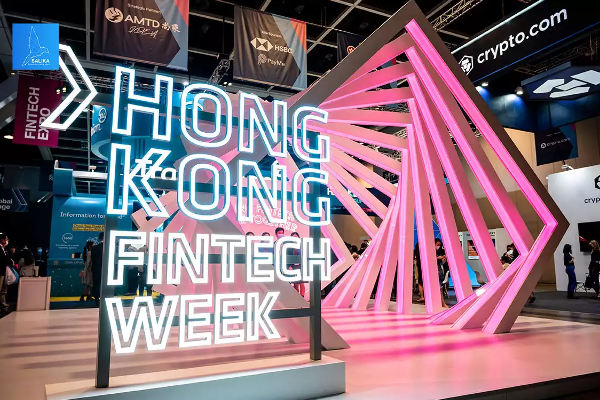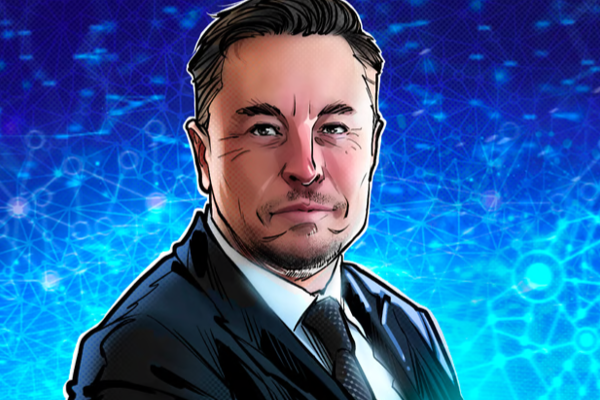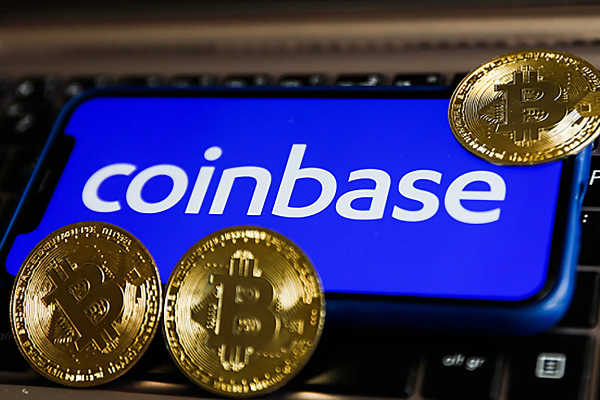a16z Chris Dixon: Stablecoins allow money to flow freely like information

a16z's manifesto. Web3's value internet emphasizes the concept of "Own". We can democratize and monetize information, and realize the global seamless circulation of currency or value through blockchain technology.
This is a Whatsapp moment for currency/value. The global network built through blockchain and stablecoins can benefit everyone. Chris Dixon Web3 value internet, the underlying logic for the circulation of information and value.
The Internet may be the most important invention of the 20th century. It has changed the world, and its impact is no less profound than the early technological revolutions such as the printing press, steam engine, and electricity. Its early architects did not build it as a centralized organization, but an open platform that everyone - artists, users, developers, companies, etc. - can access equally. At a relatively low cost and without approval, anyone can create and share code, artwork, writing, music, games, websites, startups, or anything else people can imagine anywhere.
Everything you create belongs to you. I see the history of the Internet in three phases, each marked by a major network architecture: The Reading Era (roughly 1990-2005), where early Internet Protocol networks democratized information. Anyone could type a few words into a web browser and read content on nearly any topic through a website. Today, a new type of architecture is enabling the third phase of the Internet, the “Read-Write-Own” era, where anyone can become a network stakeholder — gaining access to information that was previously only available to a few corporate affiliates (such as shareholders and employees)
was not built for the Internet, but for organizations that were rife with local partnerships, fraud, and operational necessities. Even today, international remittances can cost as much as 10%. In September 2024, the average fee for a $200 remittance was 6.62%. These are not just friction points — they are actually a regressive tax on some of the world’s poorest. They are still or completely outside of the Internet. For many businesses, the inefficiency of traditional payments is not theoretical—it’s already happening. SpaceX, for example, is using stablecoins to manage its corporate funds (including repatriating funds from countries with unstable currencies, such as Argentina and Nigeria). Other companies, such as ScaleAI, are using stablecoins to pay employees around the world more quickly and cheaply. Meanwhile, on the B2C side, Stripe is the first widely used stablecoin. Unlike the old financial structure, stablecoins are global by default. They exist on the blockchain: anyone can, negotiated across dozens of banks. You
A system of $15.6 trillion worth of crypto assets is pieced together. ". Here, it’s not the lossless transfer of energy, but the lossless transfer of value. The WhatsApp moment is like email changed communication: making it open, instant, and borderless. The high fees. The Internet, stablecoins from scratch, like patching together clumsy, expensive and outdated systems that are programmable and composable,
Slashing the fees of converting from stablecoins to local currencies from as high as 5% to 0%, soon blockchain payments and stablecoins are changing global money
But smart legislation is actually opening
Crypto-crypto
Regulation - such as a framework that distinguishes network tokens from security tokens - can pave the way for stablecoin adoption and integration into the global financial system while preventing bad actors.
Traditional finance is built on private, closed networks
Open Money Infrastructure Think of it as a public highway system. Private companies can still build vehicles, operate businesses, and develop attractions along the way. But the road itself is neutral and open to everyone. Open
: Imagine micropayment intelligence contributed by Agent media, music, and AI
The moment for blockchain networks and stablecoins is now: technology, market demand, and political will are lining up to make these applications a reality. The Stablecoin Bill may go to Parliament this year, while regulators weigh a framework that finally aligns risks with appropriate regulation.
Just as early internet startups were able to thrive once they were certain they wouldn’t be shut down by telecom companies or copyright lawyers, cryptocurrencies are ready to make the leap from financial experiment to infrastructure pillar, with stablecoins leading the way.
We don’t have to patch the old system. We can create a better one.









